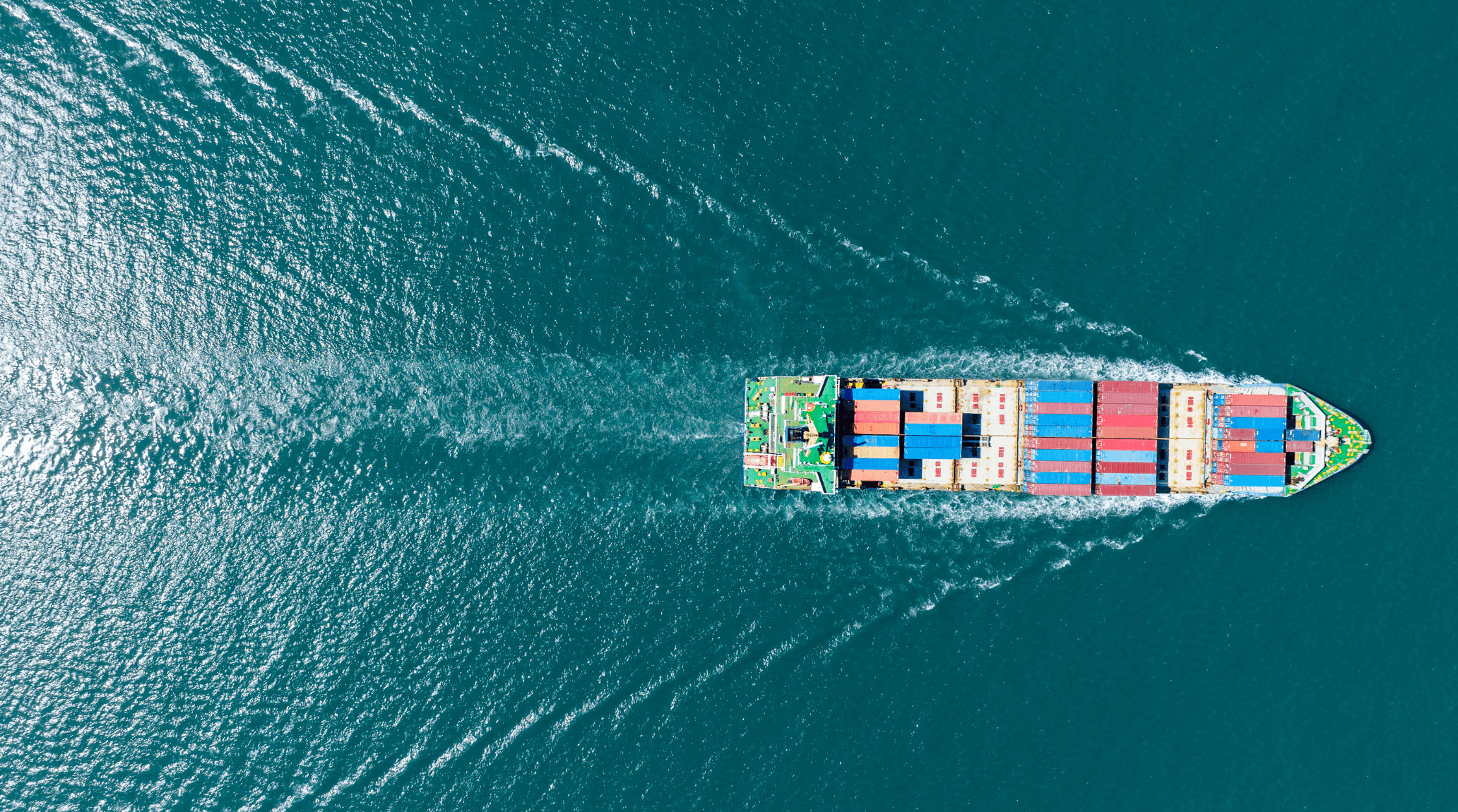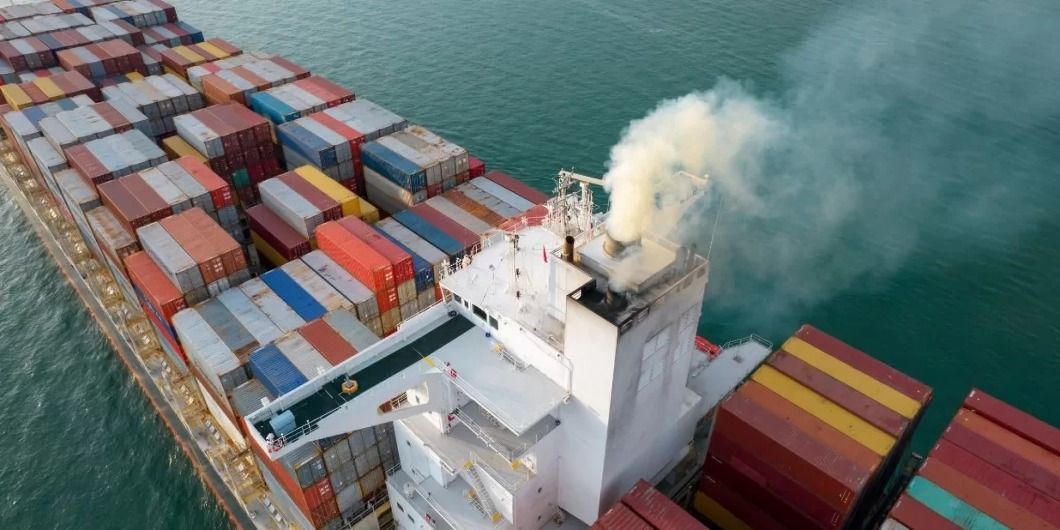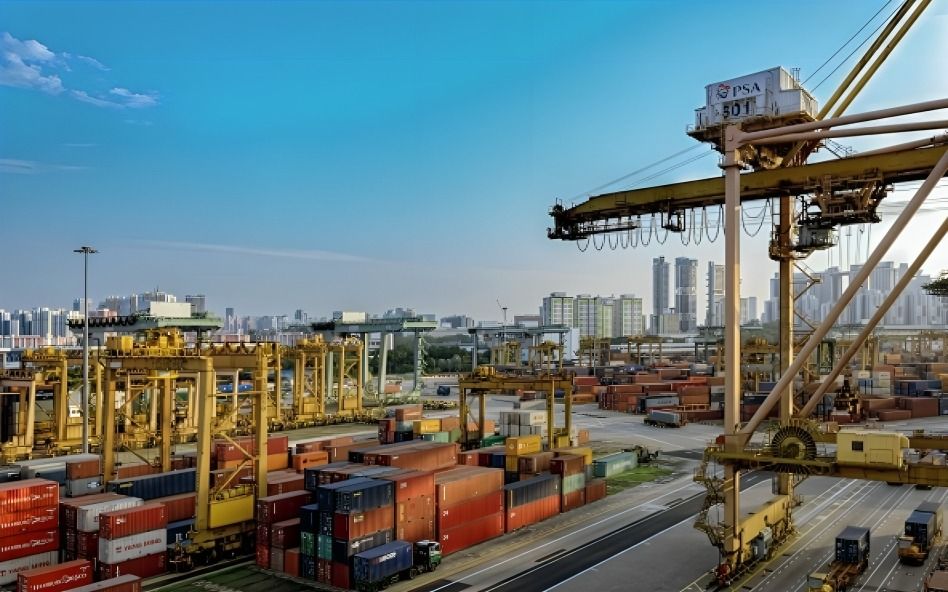
“
Water in Transportation is essential to various sectors, providing vital support for moving goods and people globally. From the vast networks of oceans and rivers to canals and ports, water serves as a critical medium for shipping, ferries, and other forms of marine transport. Waterways facilitate the efficient and cost-effective movement of bulk goods, reducing road congestion and lowering carbon emissions. Additionally, water in transportation also includes the operation of ships, where it cools engines and maintains balance. Understanding water's pivotal role in this industry highlights its importance in maintaining global trade, connectivity, and environmental sustainability.1
1
”
Over 80% of the world’s trade is transported by ships, making water transport the backbone of global commerce and an essential component of the international economy, enabling the efficient movement of goods across vast distances. 1
Water transport is highly energy-efficient, with large ships capable of moving vast quantities of goods using relatively little fuel per ton, making it one of the most sustainable modes of transportation available today. 2
The cruise industry combines leisure and transportation, offering travelers the chance to explore multiple destinations while enjoying luxurious amenities. This unique and growing sector highlights the appeal of water transport as a travel experience. 3
The introduction of container ships revolutionized global shipping by allowing faster, more efficient, and standardized transport of goods. This innovation significantly reduced shipping costs and transit times, transforming international trade. 4

While generally efficient, water transport can have significant environmental impacts, such as oil spills and ballast water discharge, which can harm marine ecosystems, emphasizing the need for sustainable practices in the industry.
The global fuel supply depends on ocean transport, with 2014 seeing 2,800 million tonnes of oil transported, primarily by supertankers. This exposes oceans to significant spill risks, highlighting the need for strict safety measures. 5
Ferries offer essential transportation links between islands, across rivers, and between coastal cities, providing vital services for commuters and tourists, particularly in areas with limited road infrastructure. 6
Water transport is often crucial for delivering humanitarian aid to remote or disaster-stricken regions, where other forms of transport may be unavailable or compromised, making it a key component of global relief efforts. 7
The luxury yacht industry combines transportation with opulence, allowing the super-wealthy to travel across oceans in floating palaces, showcasing a unique and extravagant aspect of water transport. 8
Historic canals like the Suez and Panama Canal have played pivotal roles in global trade by shortening shipping routes and connecting oceans, significantly impacting international logistics and facilitating global commerce. 9
Ports are complex hubs of global trade, requiring sophisticated infrastructure to handle massive volumes of goods, making them critical to the efficiency and success of water transport and international logistics.10
In cities like Venice, water taxis and vaporettos serve as public transportation, integrating water routes into the urban transit system and offering residents and tourists a unique and practical travel experience.11
Water transport has been integral to military operations throughout history, with navies projecting power, securing trade routes, and supporting amphibious assaults, underlining the strategic importance of maritime transport.12
Commercial fishing fleets rely on water transport to bring large quantities of seafood to markets worldwide, supporting a global industry that feeds millions and contributes significantly to local and international economies.13

Major shipping ports like Singapore and Rotterdam act as global logistics hubs, facilitating the seamless transfer of goods between ships, trains, and trucks, optimizing supply chains, and enhancing the efficiency of global trade.
The Panama Canal, a key waterway connecting the Atlantic and Pacific Oceans, handles around 14,000 ships annually. This engineering marvel, completed in 1914, significantly shortened travel time for ships, avoiding the lengthy route around South America.14
Floating markets in regions like Southeast Asia serve as bustling centers of commerce, where goods are bought and sold directly from boats, showcasing a unique and vibrant use of water transport in everyday life.15
In polar regions, icebreaking ships are essential for maintaining trade routes through frozen waters, enabling year-round access to remote areas, and supporting scientific research missions in some of the world’s most challenging environments.16
Houseboats provide a unique form of transportable housing, offering a blend of mobility and lifestyle for people living on rivers, lakes, and canals, representing a distinctive way of life on the water. 17
The development of hybrid and fully electric ships represents a growing trend towards sustainable water transport, aiming to reduce the carbon footprint of the shipping industry and promote cleaner, more environmentally friendly oceans. 18


